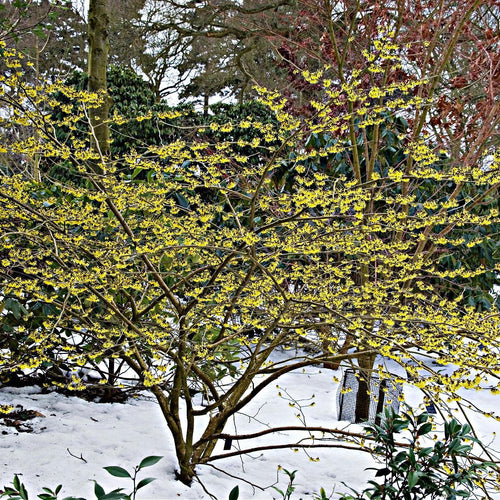By Tammy Sons
Gardening 101- Some Useful Tips For Beginners
Growing plants and trees is an enriching activity as it yields beautiful results. No matter your reasons, you can expect the glorious outcome of your hard work and labor. Experienced gardeners try out new things and techniques in the garden that help in saving money while getting great results simultaneously. Beginners are reluctant due to a lack of experience. However, many simple tips can make your task more straightforward if you are a novice gardener.
Try Planting Seeds, Plants, and Trees On Your Own
Planting trees, plants, shrubs, and seedlings on your own is an excellent way to get to know the plants and understand their growth pattern. If you plant them yourself, you will research and read about the plants to ensure they thrive. This way, you will learn about different varieties and save money on landscaping services. Growing plants and trees are not daunting; anyone can successfully grow them if they suit the desired location.
Consider Factors like Climate, Sunlight, Drainage, and Site
Climate, water, and light are essential elements and different requirements. Not all plants enjoy full sunlight, drought conditions, or wet soil. Each species is particular about its needs, and they might differ slightly or entirely from the other plants you have on your list. It is crucial to analyze the soil, climate, site, drainage, etc., and then choose the plants wisely to flourish. It is advisable to refer to the USDA Planting Zone Map, readily available on the internet, for choosing the best plants for your garden.
Learn To Identify Common Plant Diseases, Pests, and Insects
Identifying plant diseases, pests, and insects is essential for a gardener. Some pests and insects do not threaten your plants when present in fewer numbers. Many pests live in harmony with nature, and they are not harmful. So, it is essential to know about such insects and pests. Moreover, if you know about the common diseases and destructive pests, it would be easier for you to diagnose and control the situation without letting it get out of your hands. Some giant insects help control nasty and destructive pests organically as these larger ones tend to feed on them. Lady beetles, mantids, ground beetles, green lacewing, and ladybugs are some efficient insects that help control other harmful pests.
Make Your Own Compost Pile In The Garden
Compost or decayed organic matter is perfect for plants as it contains several nutrients. Most plants require good quality, healthy, rich soil to perform their best. You can improve the soil quality to a great extent by adding organic matter, manure or compost. Most people prefer buying compost from the market, but it is pretty easy to make your compost pit or pile. This way, you will efficiently utilize table scraps and leftovers in your garden without spending a dime. To make compost, you can use fruit peels, leftover food, dried leaves, green prunings, and other yard waste. Plastic compost bins are available in the market for this purpose. However, it is unnecessary and depends on you. If you want to start a pile or a pit, you can do so in the right corner.
Use Organic Mulches For Best Results
Organic mulches not only protect the soil from erosion and drying out too quickly, but they also serve other purposes. Organic mulches improve the soil quality over a period as it decomposes and provides essential nutrients to the soil. They drain quickly and provide good air circulation to the roots. Shredded bark, cocoa bean hulls, hay, hops, compost, lawn clippings, straw, peat moss, pine needles, sawdust, and wood chips are excellent organic mulches used in the garden. Make sure not to apply a thick layer of mulch on the soil, as it would block the sun, air, and even water to quite an extent.
Apart from these valuable tips, you will also have to check on the plants to ensure they grow regularly. If you tend to them properly and put in your efforts, you will be rewarded with a lively and attractive garden.
Source to Buy a Variety of Plants, shrubs, Trees, Flowers, and Grasses for Gardening
https://www.tnnursery.net



















































